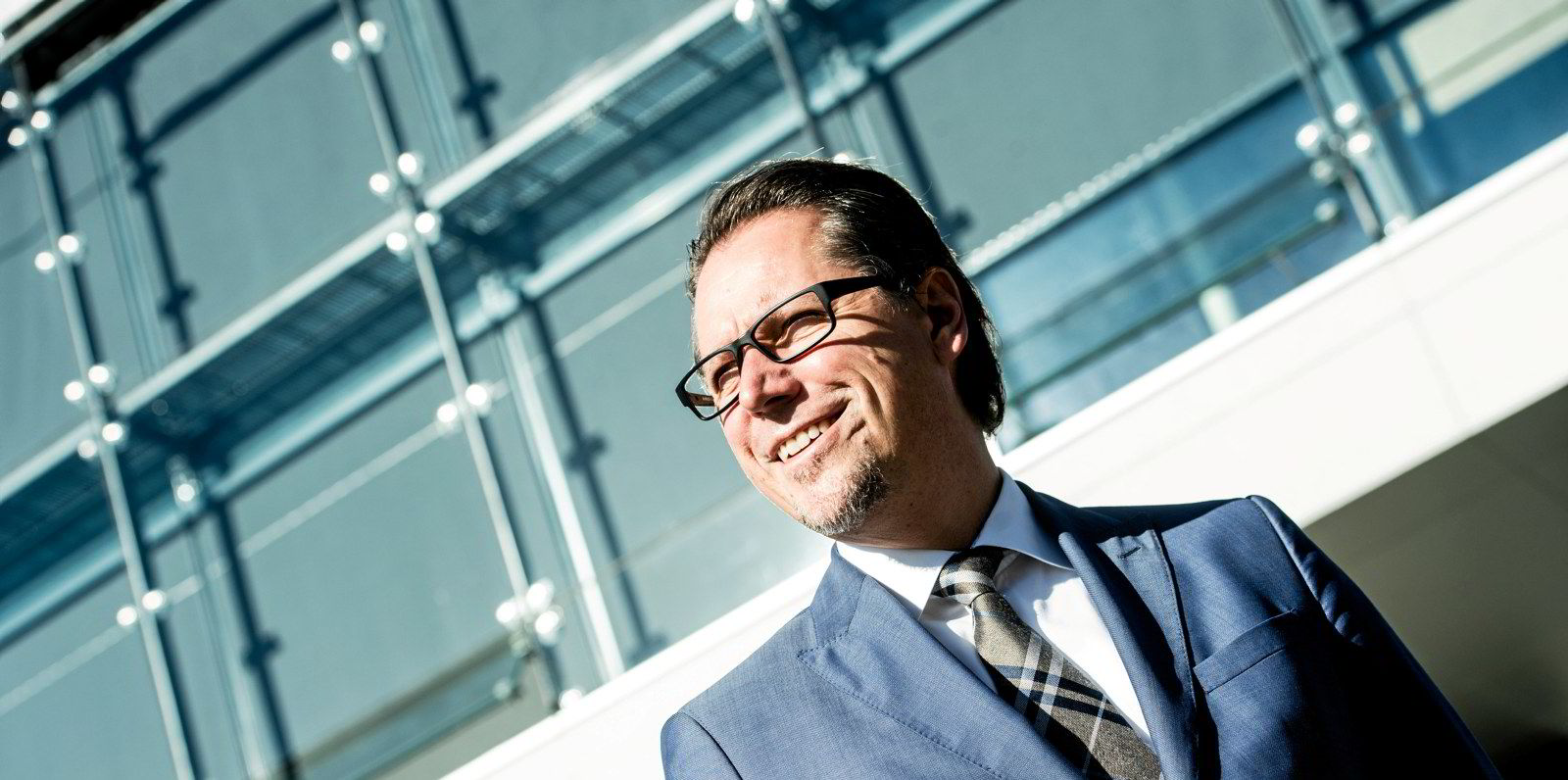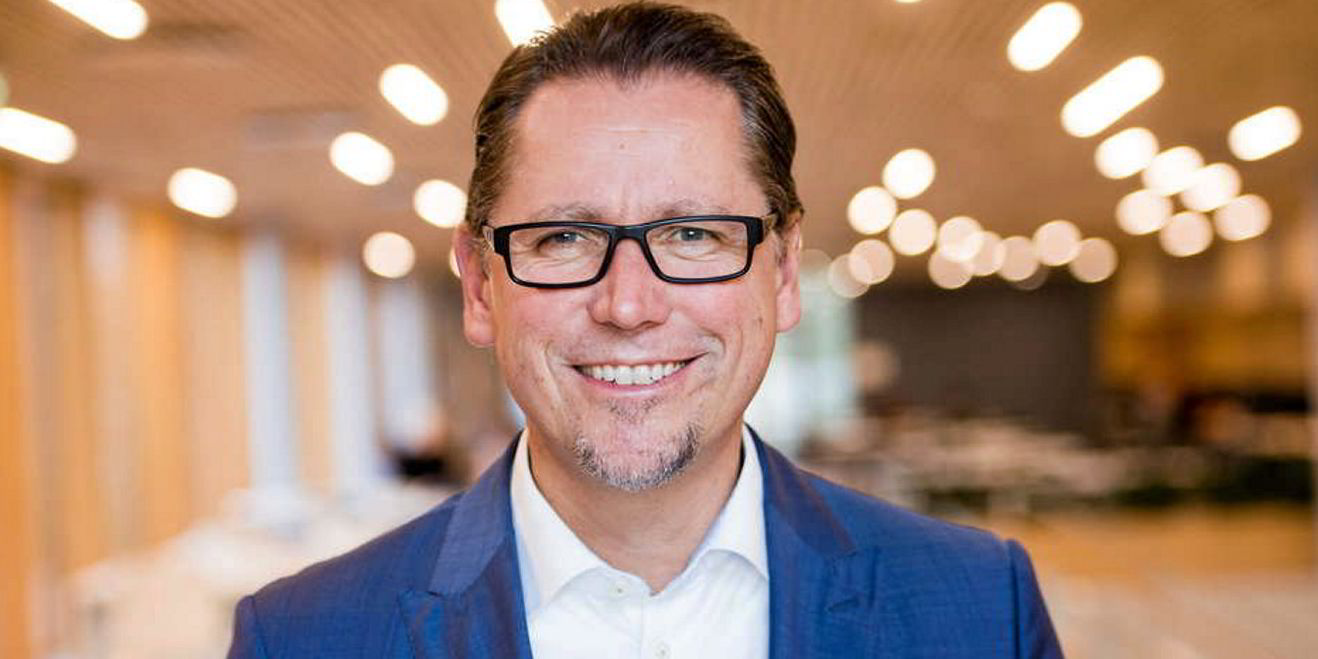Class society DNV has laid bare the cost of preparing the global fleet for zero-emissions shipping.
In its latest energy transition report, the Norwegian company estimated that the level of “on-board investment” in decarbonisation by 2050 will need to be between $200bn and $450bn.
The final figure depends on whether future bunkers can be used with existing fuel systems and machinery.
DNV chief executive Remi Eriksen told TradeWinds that the cost equates to an extra 10% to 30% per ship.
But he warned the bill for new infrastructure on land will be much more than this.
“Fuel will be more costly,” Eriksen said. “The era of low fuel prices is gone, due to the energy crisis and moving to low-carbon fuels.”
Eriksen believes the technology will be there to meet decarbonisation targets.
Then it is a question of larger regulatory incentives for market players, he argued.
Eriksen also said about 5% of shipping in gross tonnage terms needs to be operating emissions-free by 2030 for the industry to meet its targets.
This means a big effort to decarbonise the largest vessels.
A big challenge
Eriksen argues that this eight-year window is vital to prove concepts that can then be scaled up.
“It can be done, but it’s a challenge. It’s really challenging,” he said.
DNV expects the first ammonia engine to be ready in two or three years, but these will only be for smaller ships.
The group believes a solution for big deepsea vessels could take until the end of this decade.
So Eriksen said there will be no significant impact on emissions from ammonia before the 2030s.
E-methanol will also be in use way before 2030, but not at scale, Eriksen said.
Nuclear negligible?
He also does not believe nuclear power for shipping will have a “massive impact” in the next three decades.
The most exciting immediate projects involve green corridors for shipping, he told TradeWinds.
These will match clean fuel offtake to demand, and allow investments in infrastructure.
Routes are being worked on in Scandinavia, between Singapore and Rotterdam, from Los Angeles to Shanghai, and between Australia and China.




